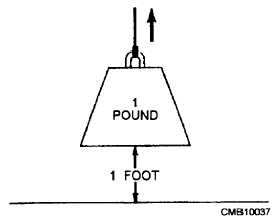
Figure 2-16. - Double overhead camshaft configuration.
Q8. In a horizontal-opposed engine, the cylinders are arranged at what number of degrees from each other?
Q9. What type of head design has the valves arranged directly over the cylinder?
Q10. What type of head design has exhaust valves located in the engine block?
ENGINE MEASUREMENTS AND PERFORMANCE
LEARNING OBJECTIVE: Identify terms, engine measurements, and performance standards of an internal combustion engine.
As a Construction Mechanic, you must know the various ways that engines and engine performance are measured. An engine may be measured in terms of cylinder diameter, piston stroke, and number of cylinders. It may be measured, performance wise, by the torque and horsepower it develops and by efficiency.
DEFINITIONS
WORK is the movement of a body against an opposing force. In the mechanical sense of the term, this is done when resistance is overcome by a force acting through a measured distance. Work is measured in units of foot-pounds. One foot-pound of work is equivalent to lifting a l-pound weight a distance of 1 foot (fig. 2-17). Work is always the force exerted over a distance. When there is no movement of an object, there is no work, regardless of how much force is exerted
ENERGY is the ability to do work. Energy takes many forms, such as heat, light, sound, stored energy (potential), or as an object in motion (kinetic energy). Energy performs work by changing from one form to another. Take the operation of an automobile for example; it does the following:
When a car is sitting still and not running, it has potential energy stored in the gasoline.
When a car is set in motion, the gasoline is burned, changing its potential energy into heat energy. The engine then transforms the heat energy into kinetic energy by forcing the car into motion.
The action of stopping the car is accomplished by brakes. By the action of friction, the brakes transform kinetic energy back to heat energy. When all the kinetic energy is transformed into heat energy, the car stops.
POWER is the rate at which work is done. It takes more power to work rapidly than to work slowly. Engines are rated by the amount of work they can do per minute. An engine that does more work per minute than another is more powerful.
The work capacity of an engine is measured in horsepower (hp). Through testing, it was determined that an average horse can lift a 200-pound weight to a height of 165 feet in 1 minute. The equivalent of one horsepower can be reached by multiplying 165 feet by 200 pounds (work formula) for a total of 33,000 foot-

Figure 2-17. - One foot-pound of work.
Continue Reading